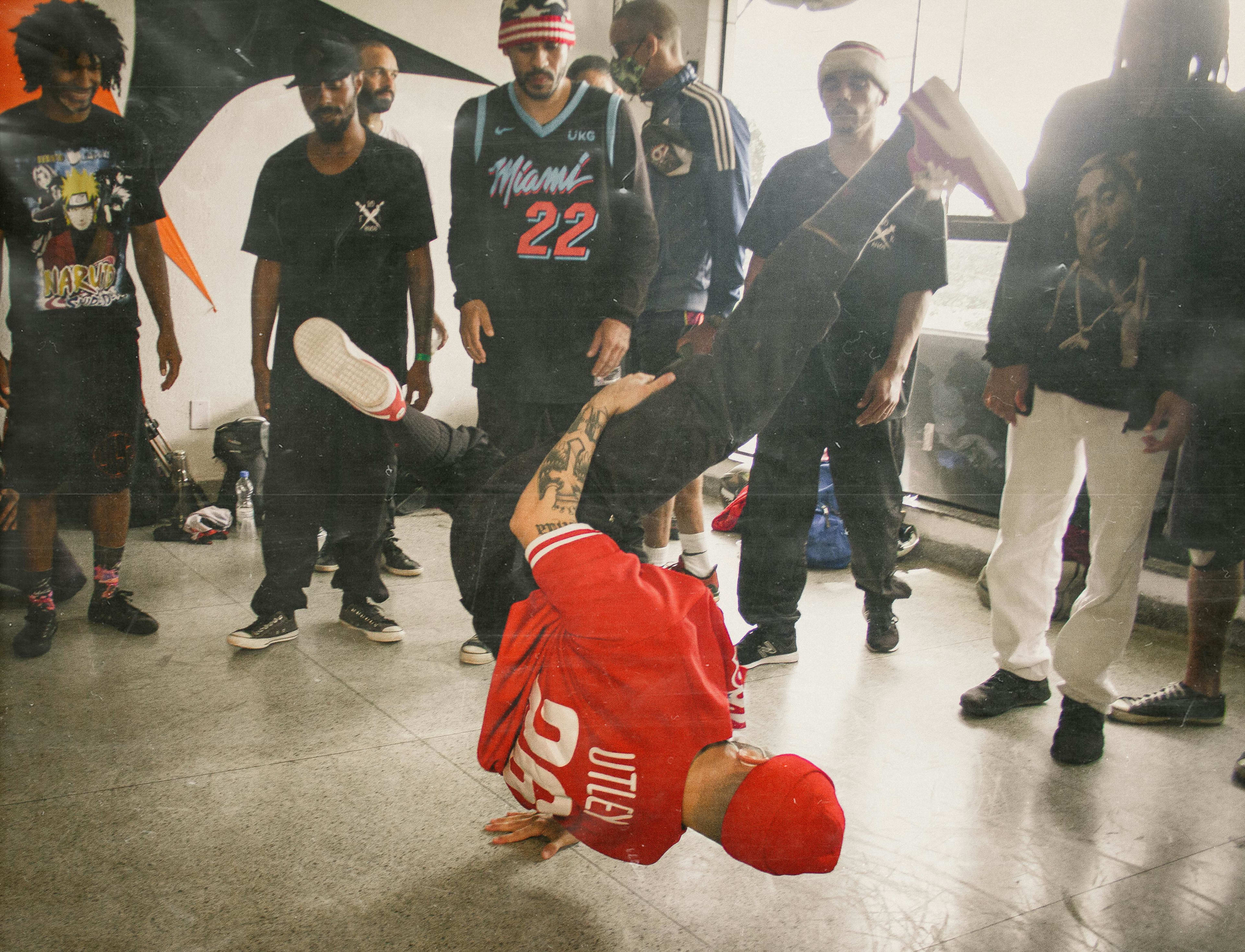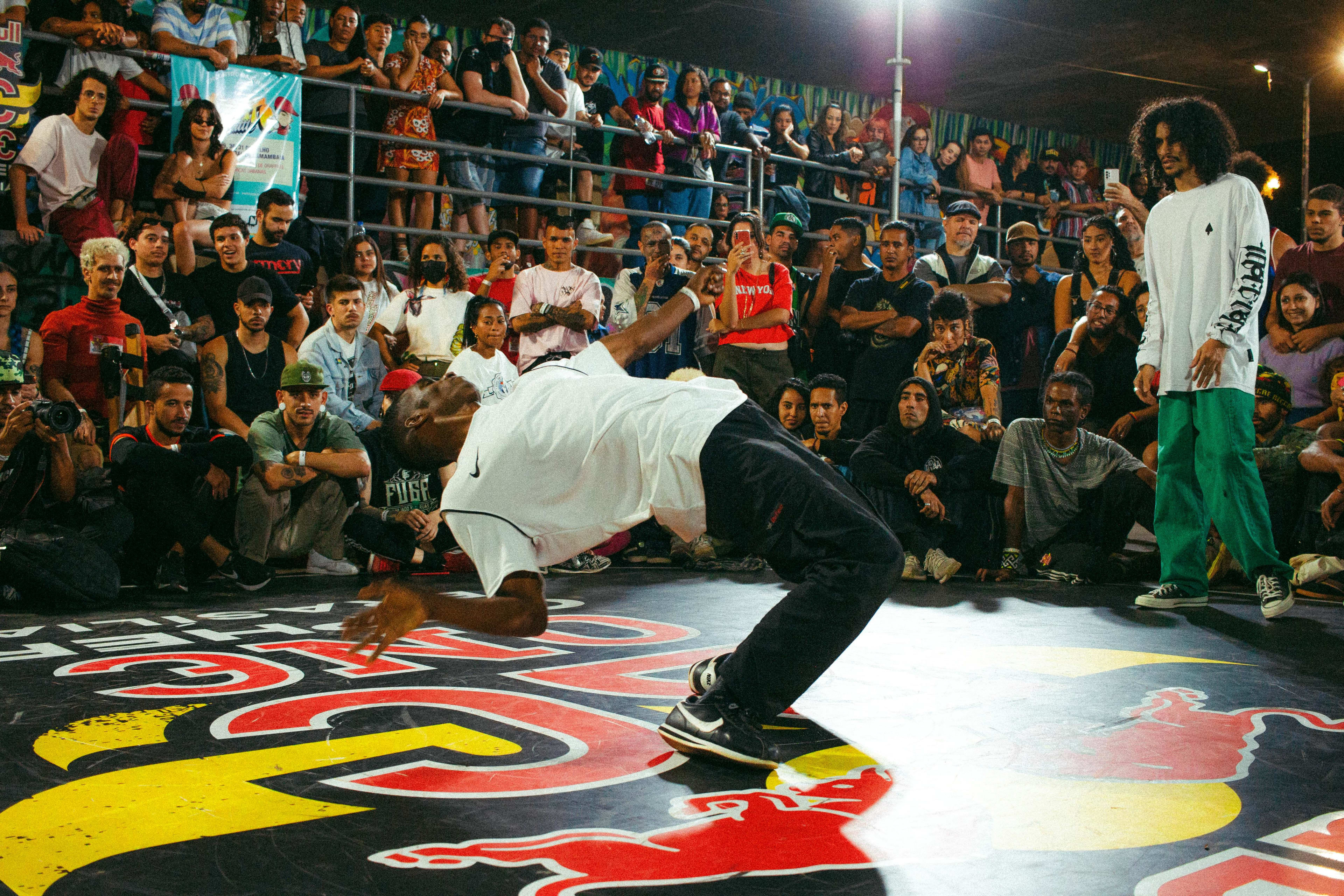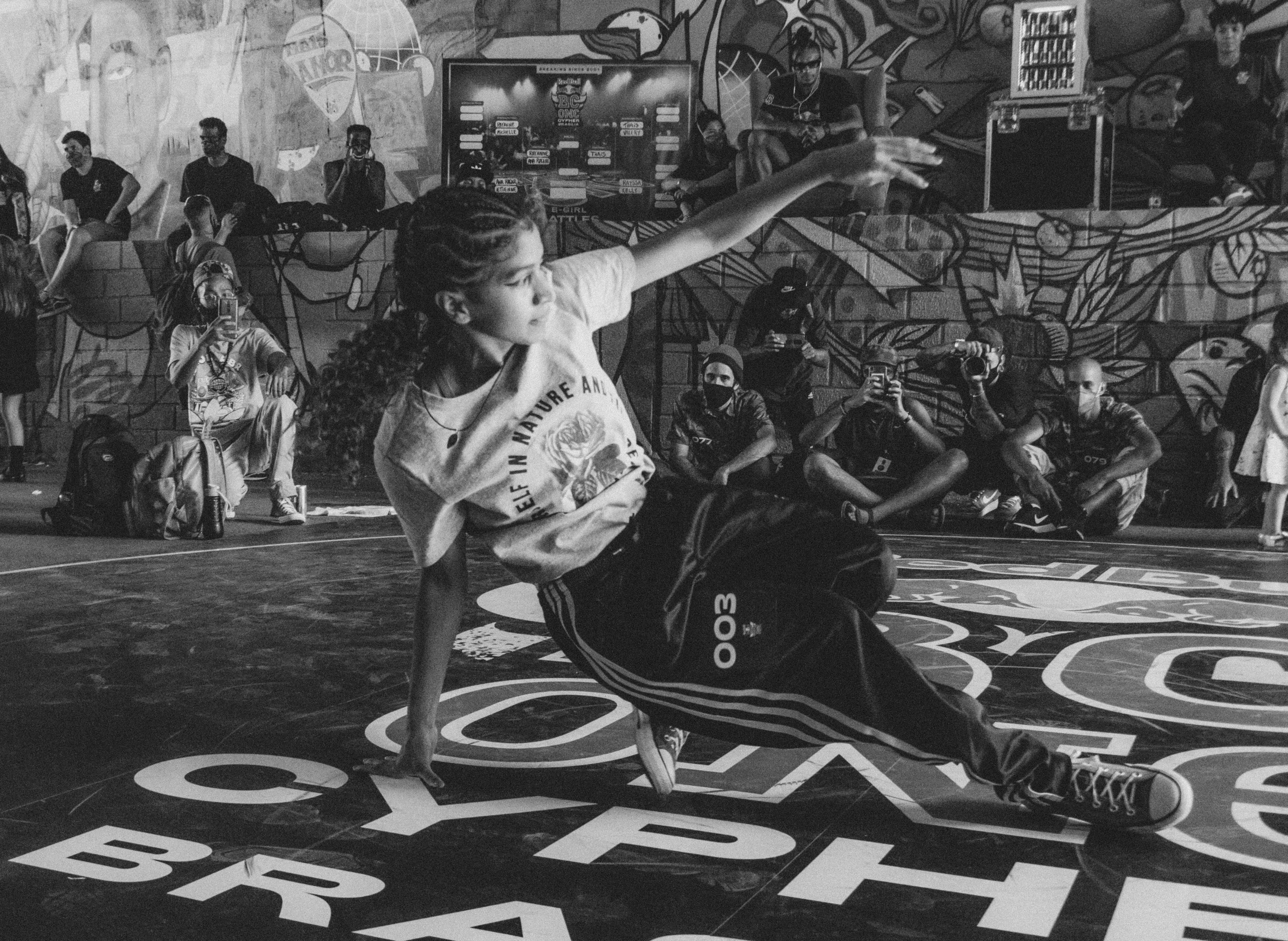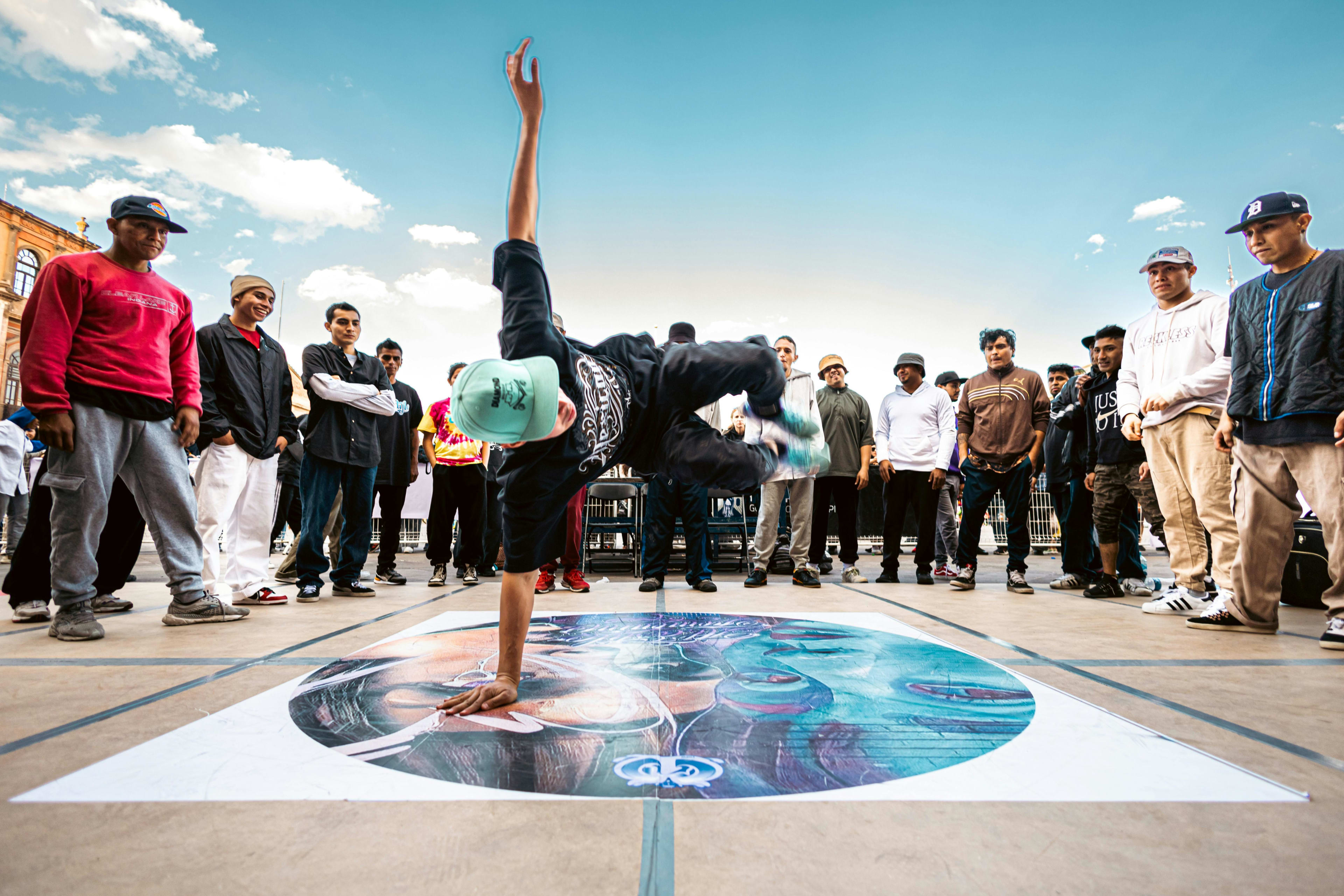New sports at the 2024 Olympics: breaking

First discovered at the Youth Olympic Games in 2018, breakdance or breaking is now an integral part of the Olympic programme at the Paris 2024 Olympic Games.
Breaking originated in the United States in the 70s and developed mainly in the 90s with the organisation of the first international competitions. Breaking was originally a street art form combining rhythm and acrobatics, inspired by hip-hop choreography. Originally, choreographies were performed in groups (also known as crews) to compete in battles in public places, which have become increasingly popular around the world.
The international expansion of breaking will take shape in 2019, with the first edition of the World Breakdance Championships organised by the World Dance Sport Federation. The inclusion of breaking in the Olympic Games will further cement the sport's place in the global sporting landscape, thanks to its popularity and artistic dimension.

On 9 and 10 August, the very first breaking events will be held at the Paris 2024 Olympic Games.
The battles consist of several rounds in which the dancers, also known as B-Boys and B-Girls, take it in turns to perform their choreography. They will then be judged on the musicality, creativity and technicality of their dance to win the very first breaking title of the Olympic Games. A venue steeped in history in the very heart of the capital, dedicated to urban sports, will host these events: La Concorde.
Over the two days of competition, a total of 32 athletes will compete for the gold medal. The women's event will be contested by 16 B-Girls and the men's event by 16 B-Boys.
A number of sportsmen and women have already emerged as favourites on the basis of their previous exploits or their world rankings. On the men's side, Los Angeles-born Victor Montalvo stands out from the crowd. He has won a number of prestigious titles, including victories in international competitions such as the breakdance world championships in Paris in 2021. Shigeyuki Nakarai, also known as B-boy Shigekix, is a Japanese breakdancer. Shigeyuki Nakarai is an accomplished dancer who has established himself as one of the world's best. He has been crowned champion at numerous international competitions, including the Red Bull BC One World Final. Last but not least, the current world runner-up, Philip Kim, also known as B-Boy Phil Wizard, won the breakdance world championships in South Korea in 2022.
On the women's side, Lithuania's Dominika Banevič - B-Girl Nicka dominated the overall world rankings, winning the Breaking for Gold World Series and the last World Championships. Next up are two Japanese women who are emerging as athletes with the potential to shine at the Paris 2024 Olympic Games: Ami Yuasa and Ayumi Fukushima. Ami Yuasa began breakdancing at an early age and quickly made a name for herself with her exceptional talent and captivating stage presence. She is a key figure on the breaking scene, with many impressive performances in international competitions. Ayumi started breaking at the age of 21. She became the first woman to compete in the world finals of Red Bull BC One, the biggest breaking competition in the world. In 2021, she won the world breakdance championships and finished second in the last edition. Her talent is unquestionable.

During these two days of competition, you'll enjoy unique, top-level entertainment with athletes who are each more motivated than the last to help you discover this discipline, which is relatively unknown to the general public. There's no doubt they'll be on hand to put on a surprising show, with some impressive breaking techniques. You'll be able to see them perform typical breaking moves such as :
- Toprock: This is the first phase of a breaking dance, where the dancer performs standing movements involving rhythmic dance steps and creative arm movements.
- Footwork: This is the floor part of breaking dance, where the dancer uses his or her feet and legs to execute a series of fast, complex movements. Footwork is characterised by rotations, circular movements and rapid changes of direction.
- Freezes: Freezes are static, acrobatic positions that dancers adopt to showcase their balance, strength and creativity. Freezes can be performed on the hands, elbows, shoulders, head or any other part of the body.
- Powermoves: Powermoves are spectacular and dynamic acrobatic moves, often performed while spinning around the body or using circular movements. Powermoves include moves such as spins, flips, windmills and headspins.
- Drops: Drops are rapid transitions between floor and standing movements. They add fluidity and variety to the breaking dance.
- Suicides: Suicides are movements in which the dancer lets himself fall or slide across the floor, giving the impression that he is momentarily losing control of his body before catching himself with style.
- Swipes: Swipes are floor movements in which the dancer uses his hands to move quickly across the floor, creating a gliding effect.

These two breaking events will be full of surprises and entertainment for the spectators. These B-Boys and B-Girls will have the eyes of the world riveted on them and will be determined to shine in this very first edition of breakdancing at the Olympic Games, especially as it is already certain that it will not be repeated in Los Angeles in 2028.
If you're interested in the Olympics and new sports, be sure to read our previously published articles on skateboarding at the 2024 Olympics, surfing at the Paris Olympics andsport climbing at Paris 2024!